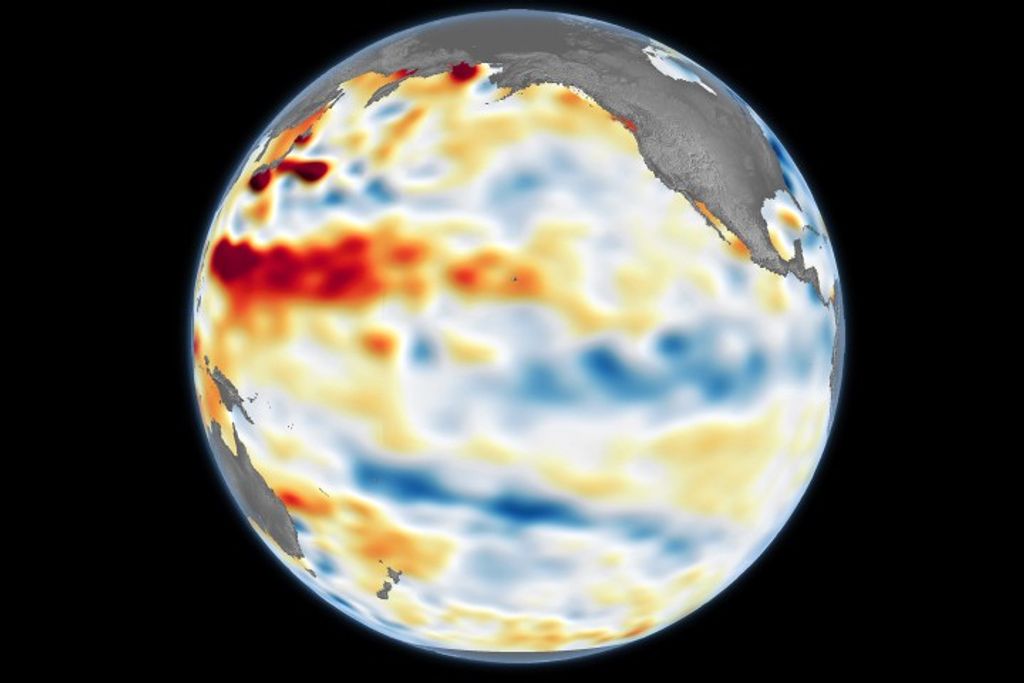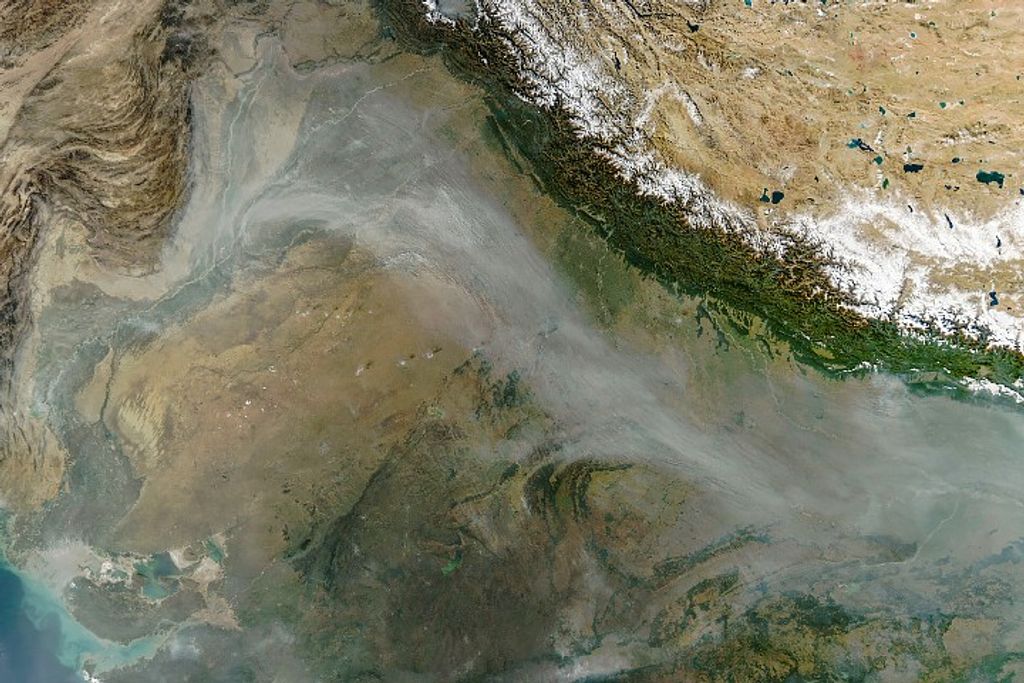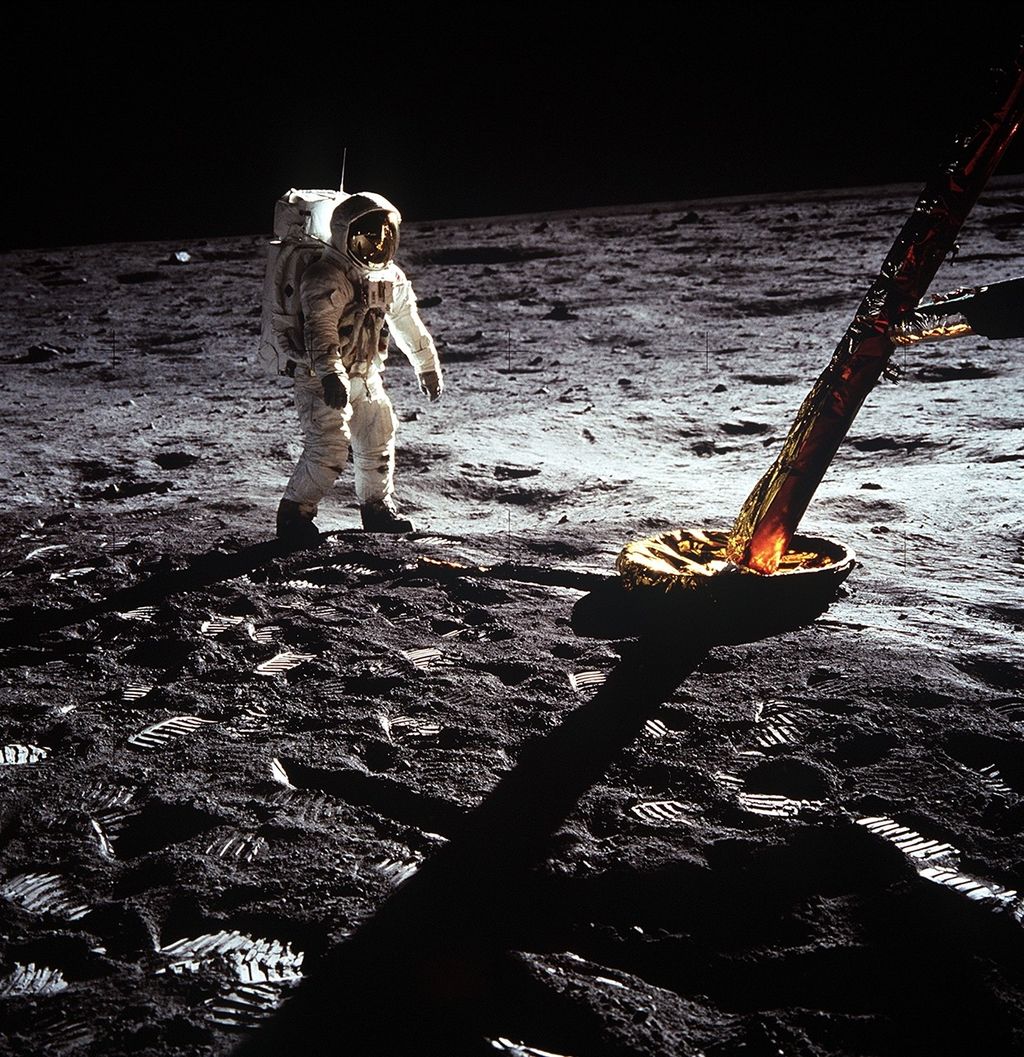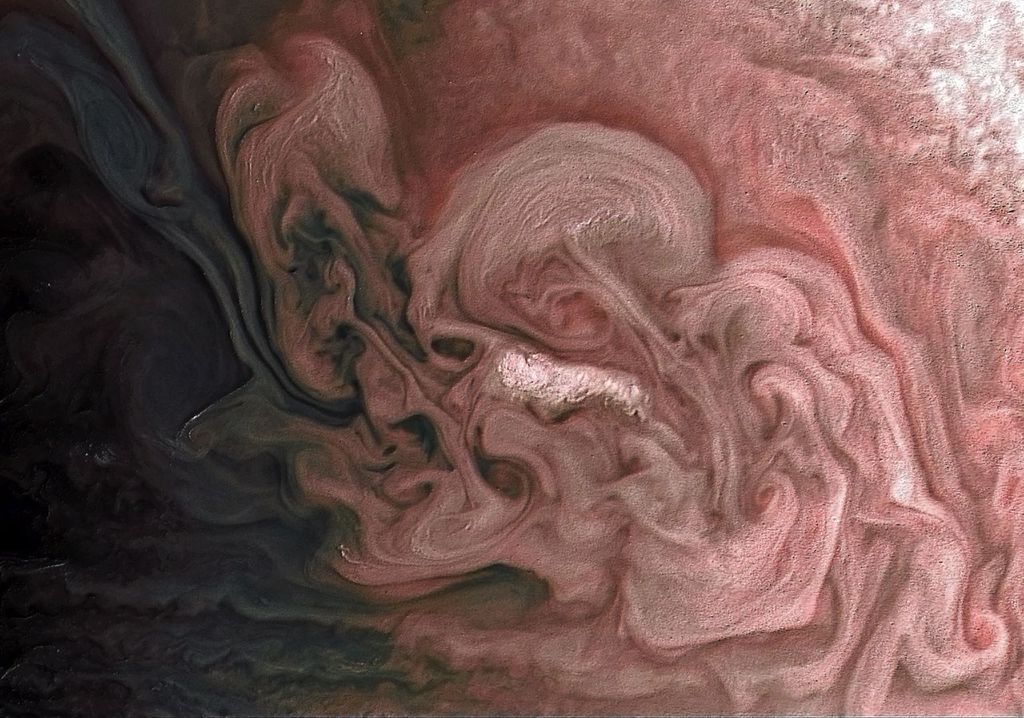The Crab Nebula is a six-light-year-wide expanding remnant of a star's supernova explosion. Japanese and Chinese astronomers recorded this violent event nearly 1,000 years ago in 1054, as did, almost certainly, Native Americans. This composite image was assembled from 24 individual exposures taken with the NASA Hubble Space Telescope's Wide Field and Planetary Camera 2 in October 1999, January 2000, and December 2000. It is one of the largest images taken by Hubble and is the highest resolution image ever made of the entire Crab Nebula.
1 min read
A Giant Hubble Mosaic of the Crab Nebula
Related Images & Videos

A Giant Hubble Mosaic of the Crab Nebula
This is a mosaic image, one of the largest ever taken by NASA's Hubble Space Telescope of the Crab Nebula, a six-light-year-wide expanding remnant of a star's supernova explosion. Japanese and Chinese astronomers recorded this violent event nearly 1,000 years ago in 1054, as...

Crab Nebula: A Dead Star Creates Celestial Havoc
This composite image of the Crab Nebula uses data from three of NASA's Great Observatories. The Chandra X-ray image is shown in light blue, the Hubble Space Telescope optical images are in green and dark blue, and the Spitzer Space Telescope's infrared image is in red. The size...
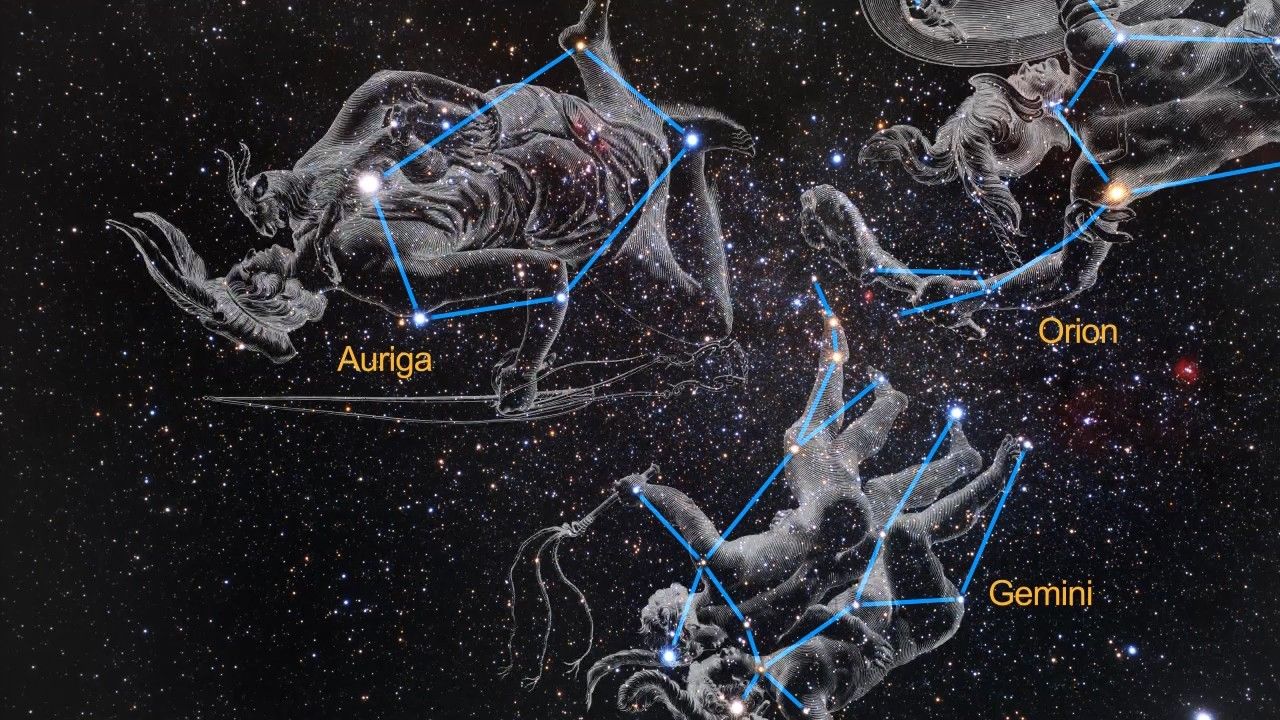
Zoom into the Crab Nebula
The Crab Nebula is an expanding remnant of a star's supernova explosion. Located 6,500 light-years away, this glowing relic has been expanding since the star exploded, and it is now approximately 11 light-years in width. The orange filaments are the tattered remains of the star...
Share
Details
Claire Andreoli
NASA’s Goddard Space Flight Center
Greenbelt, Maryland
claire.andreoli@nasa.gov









